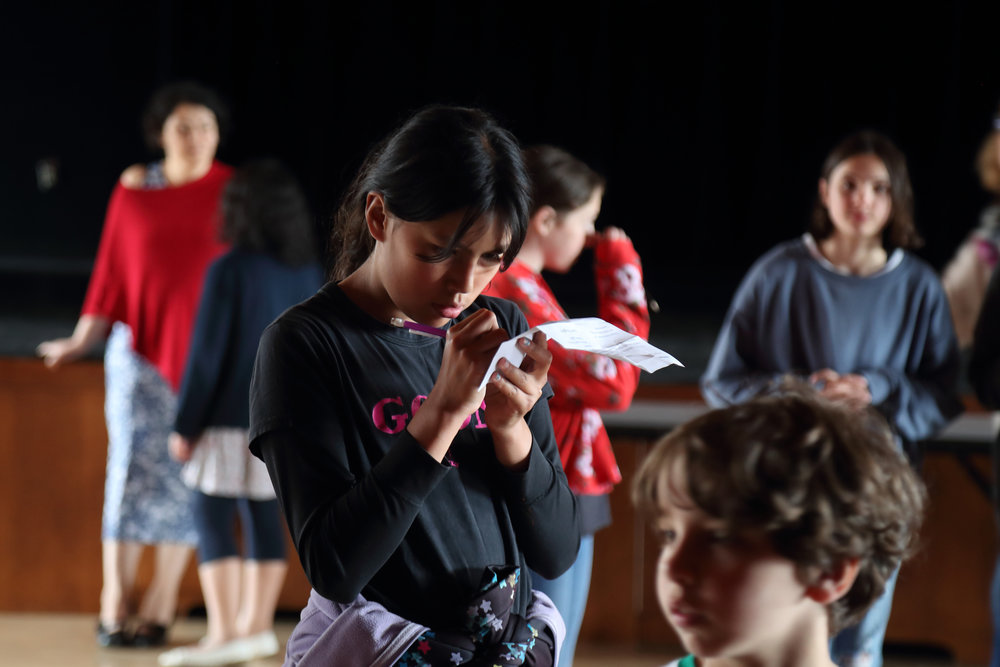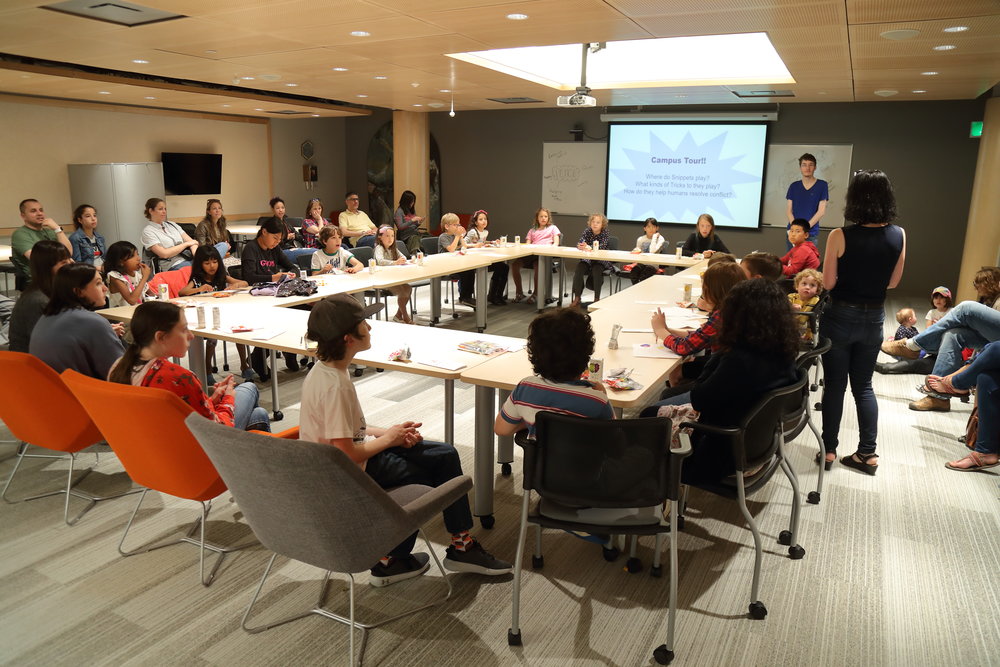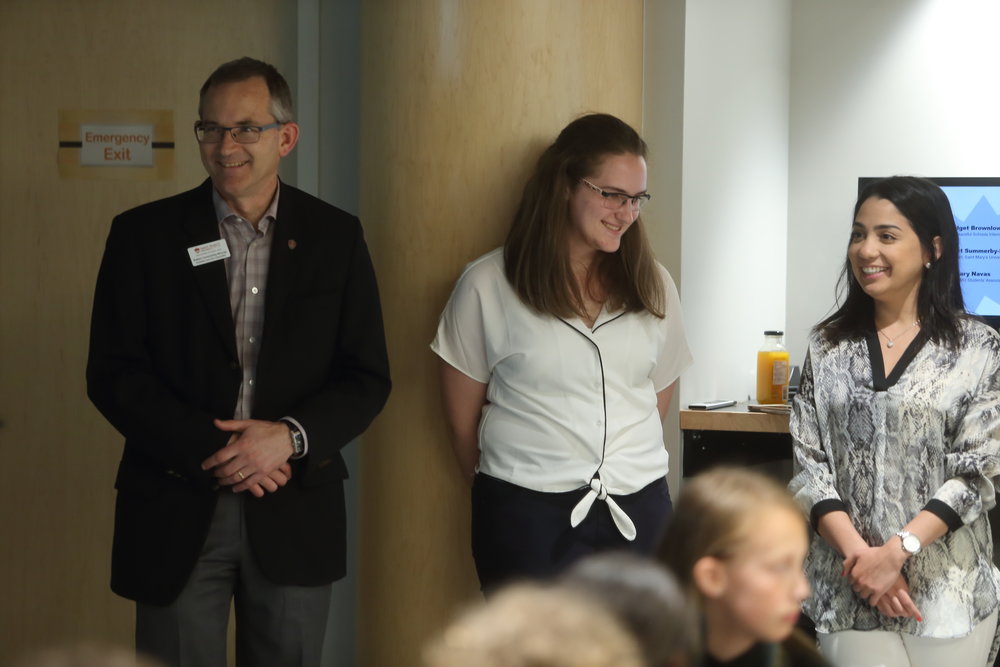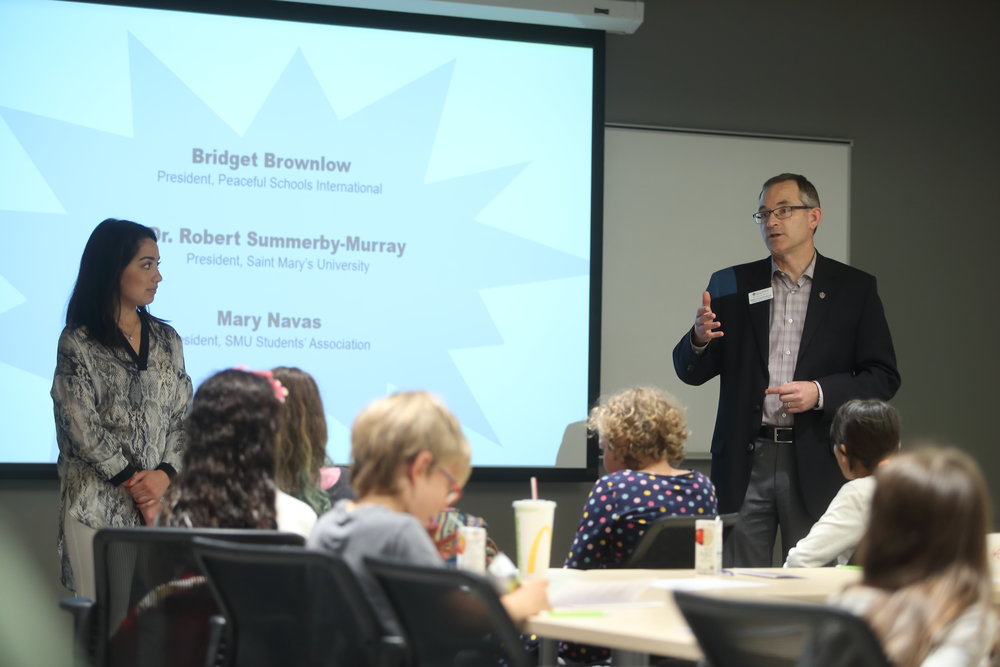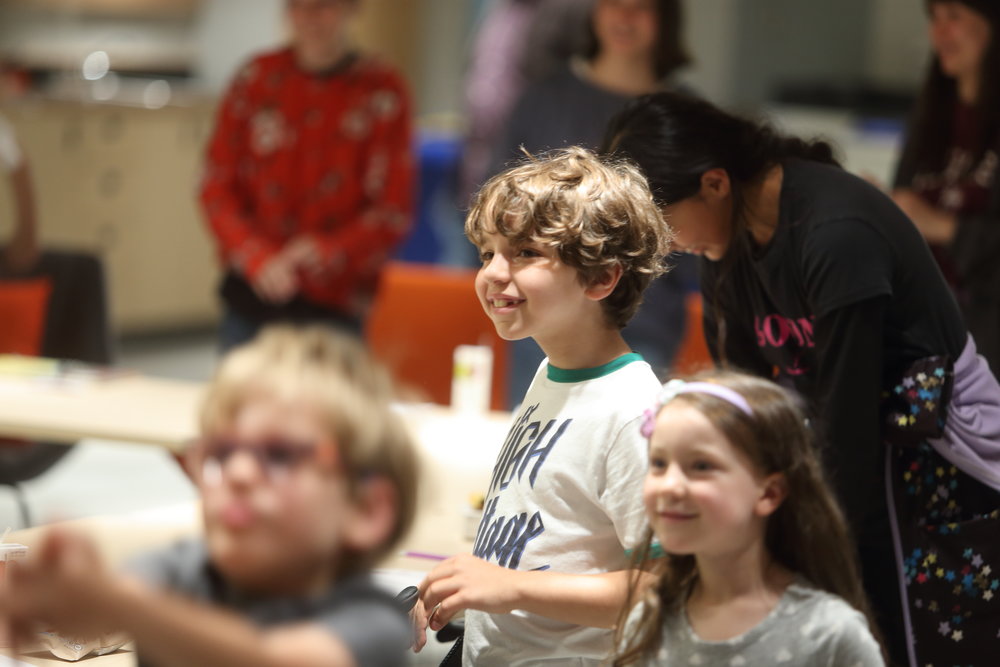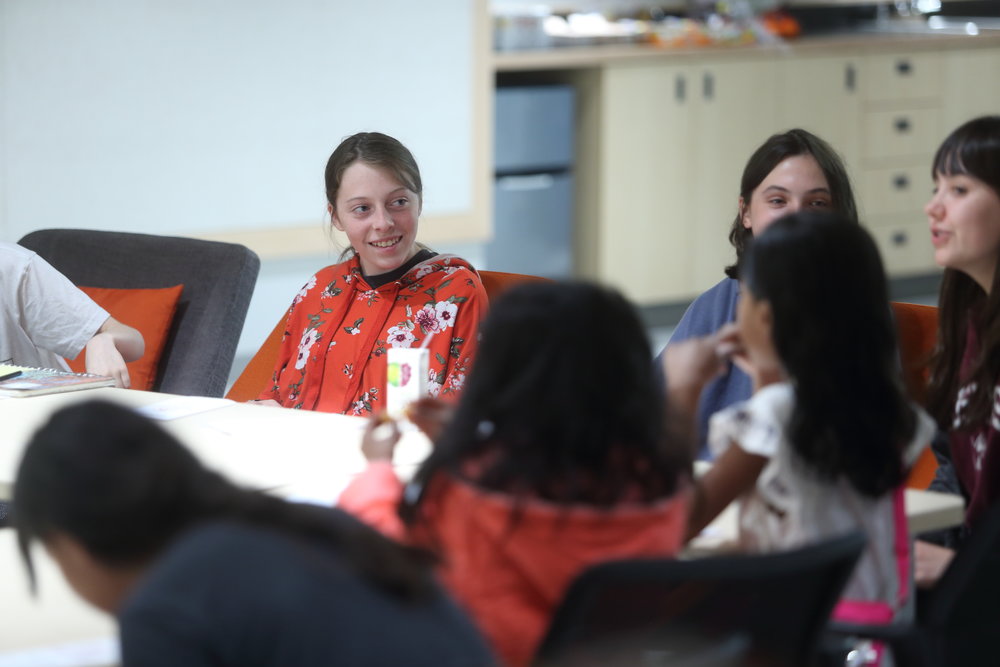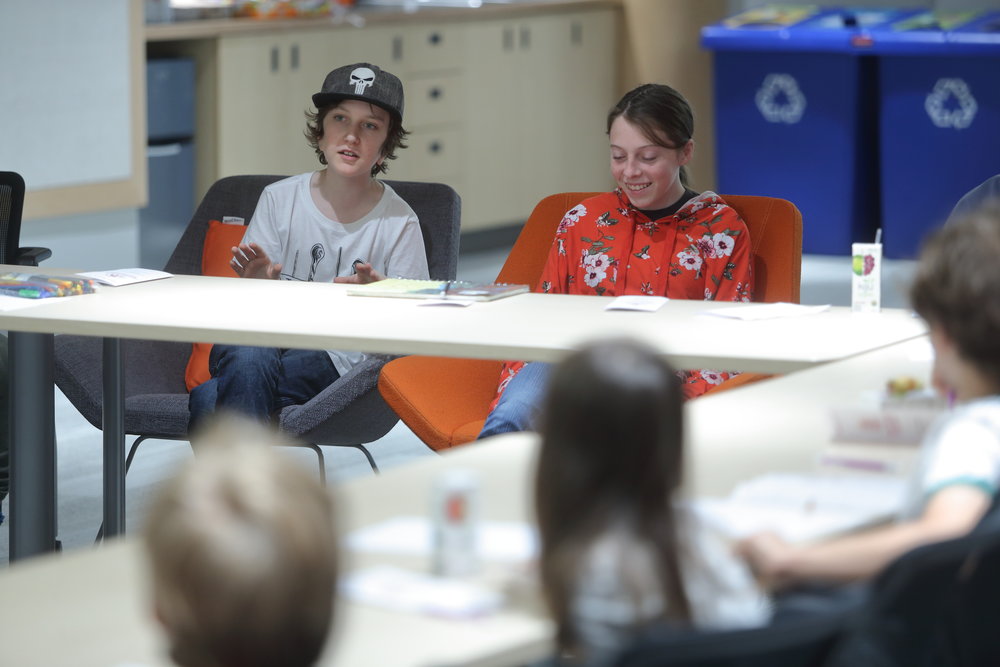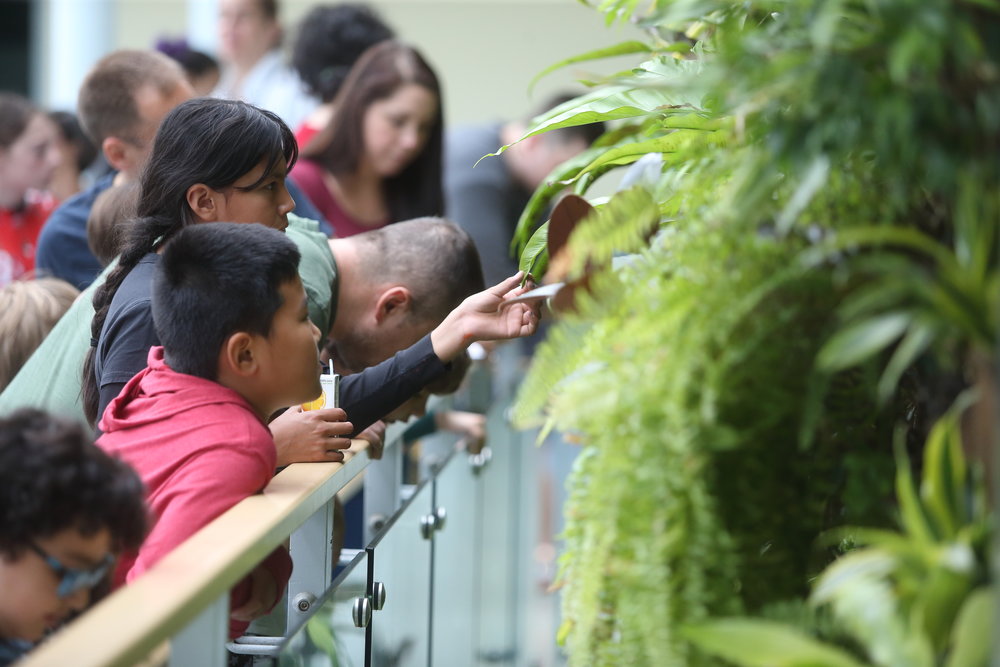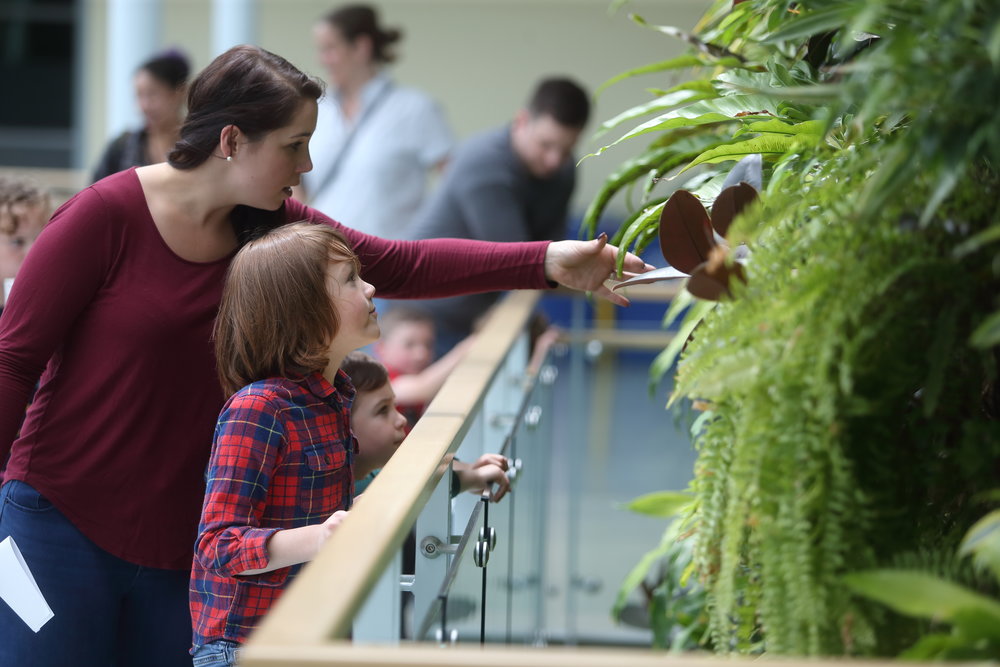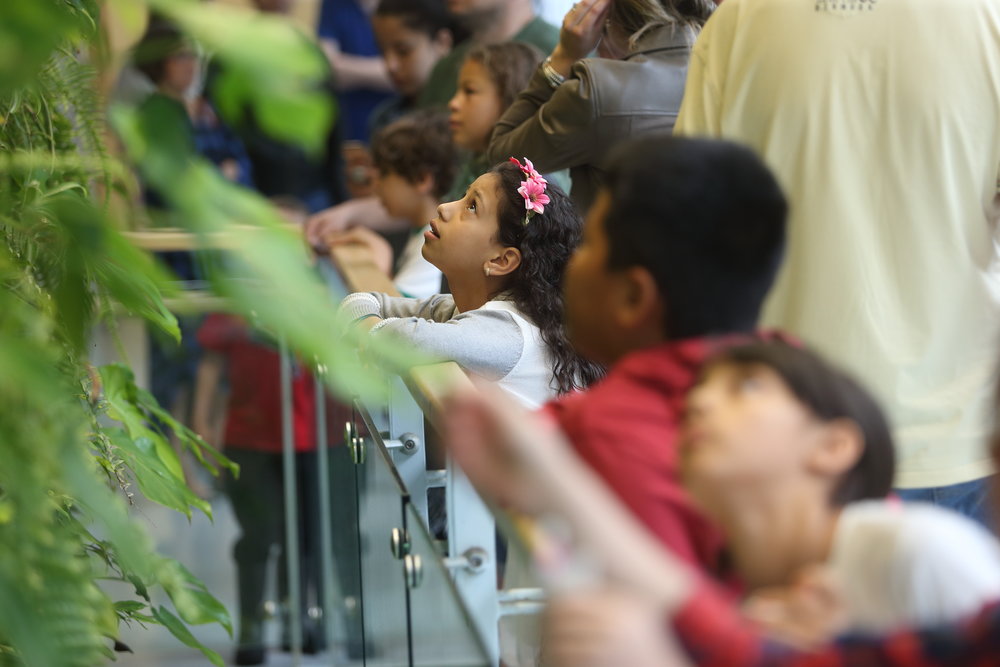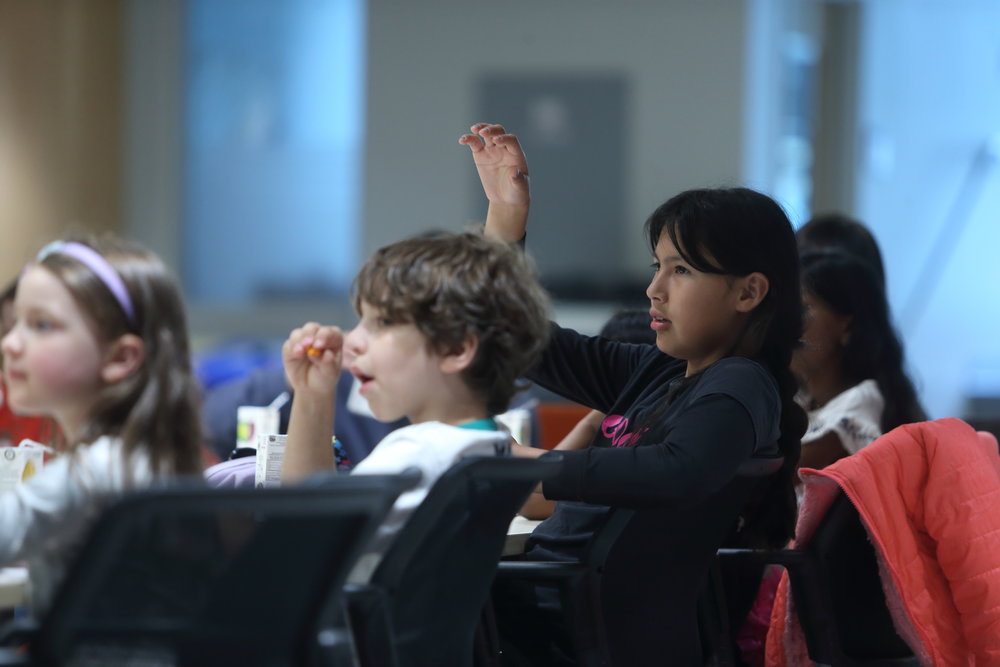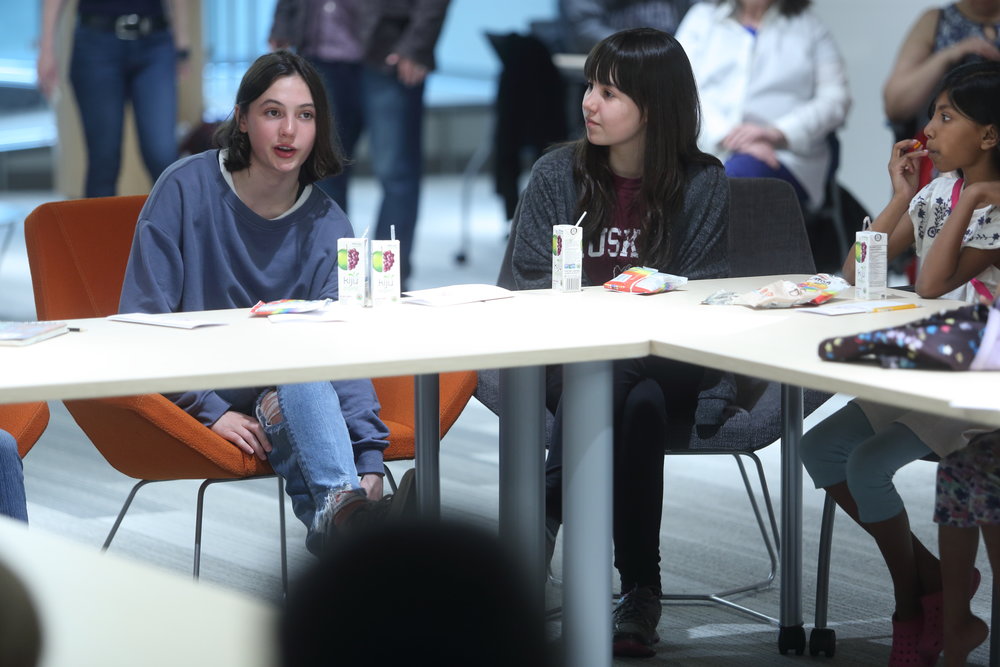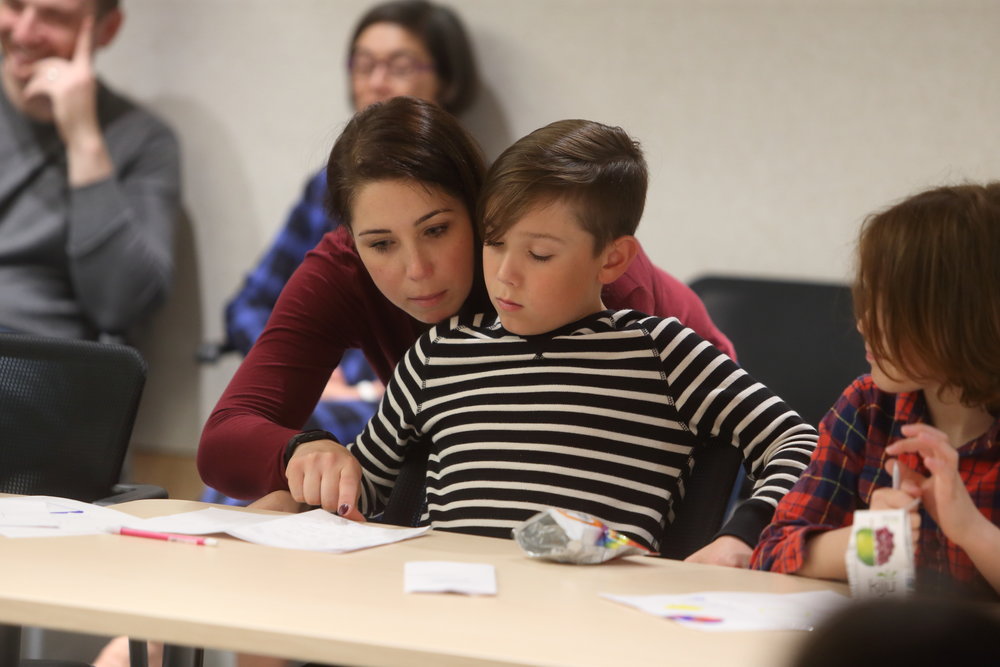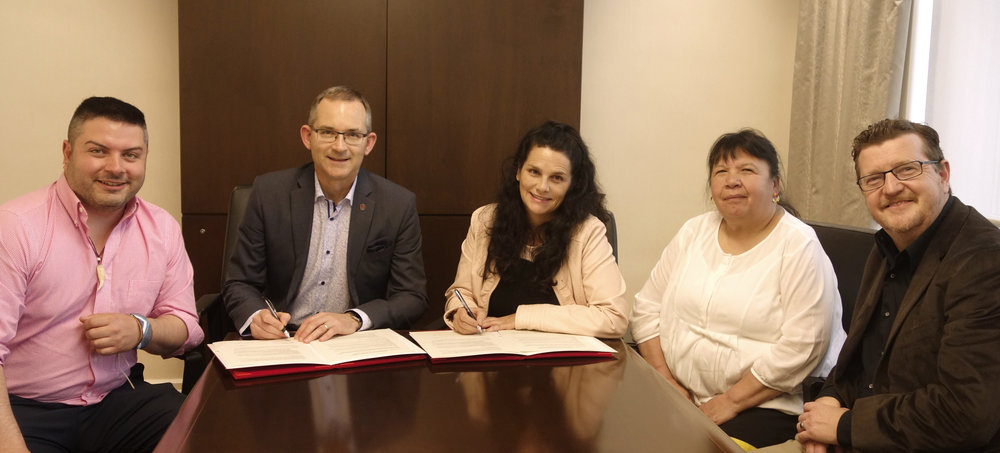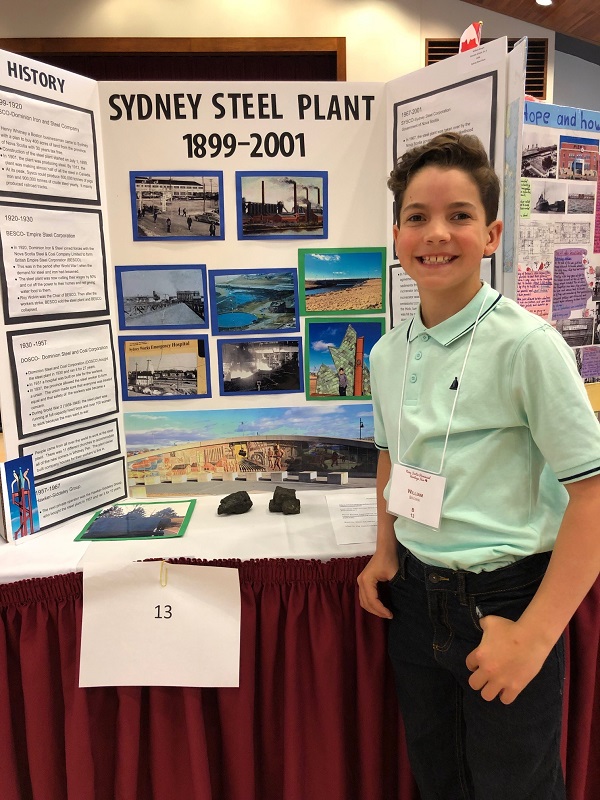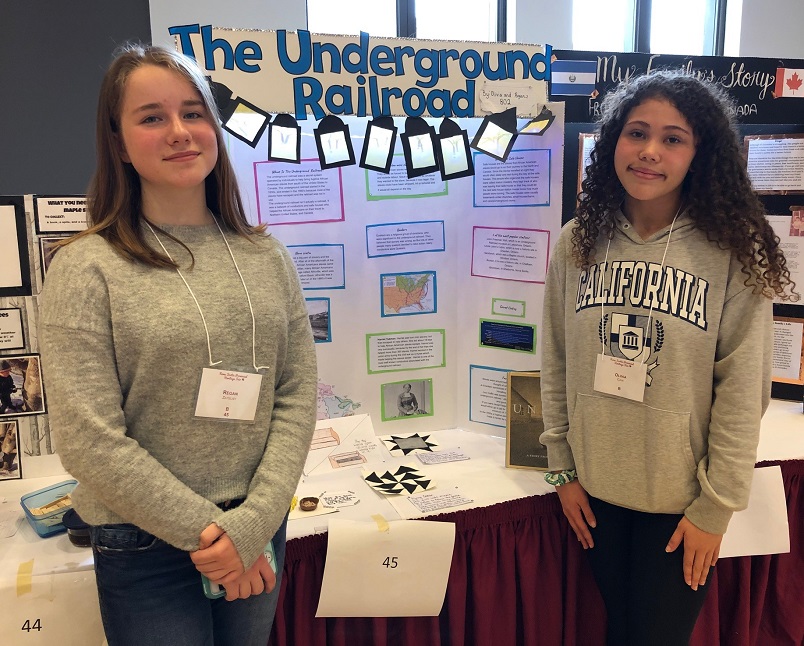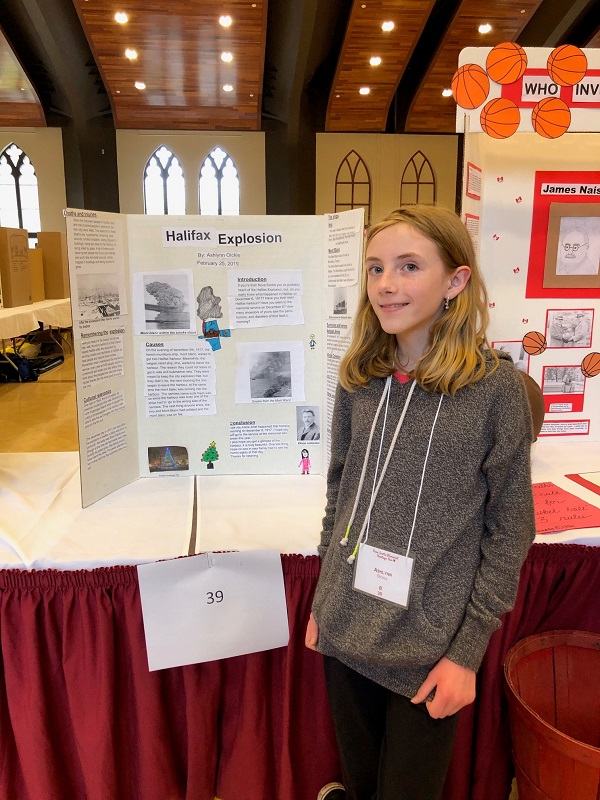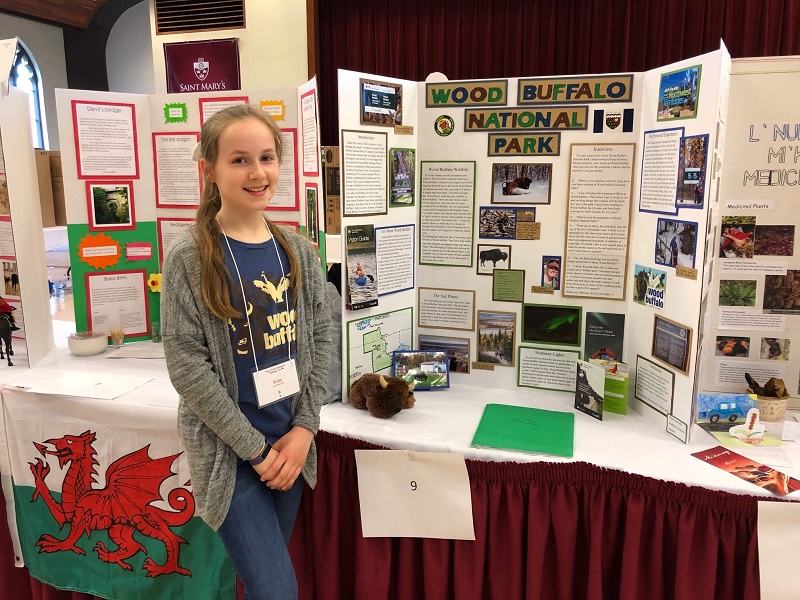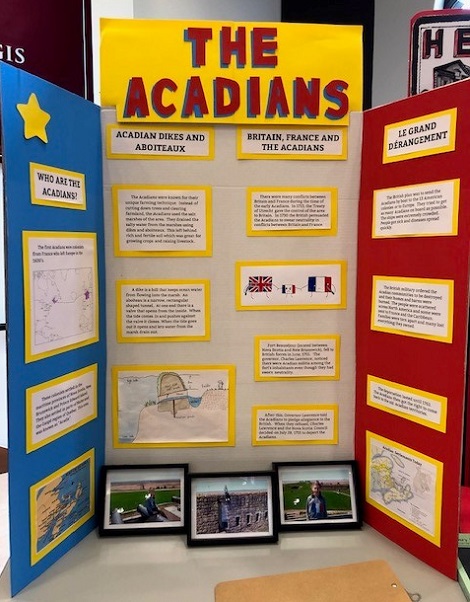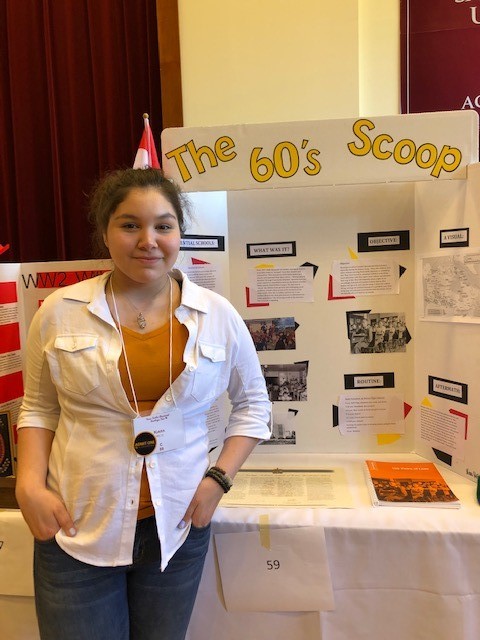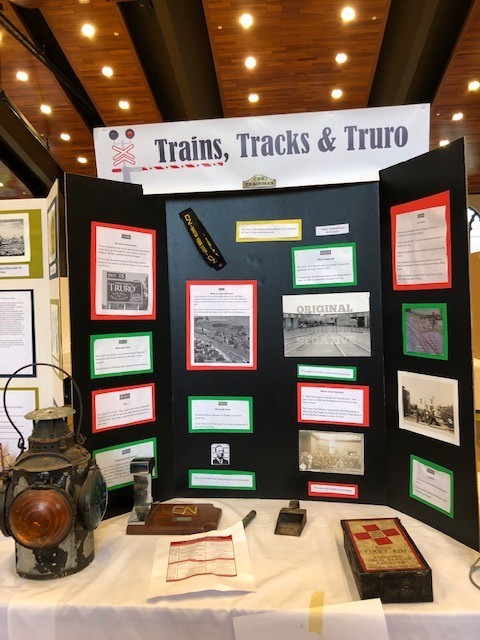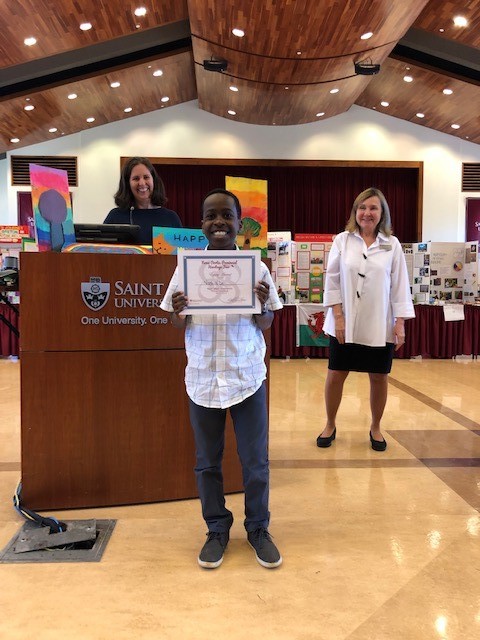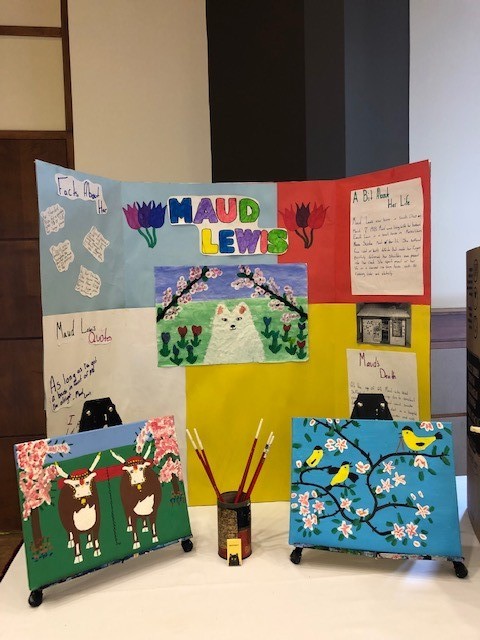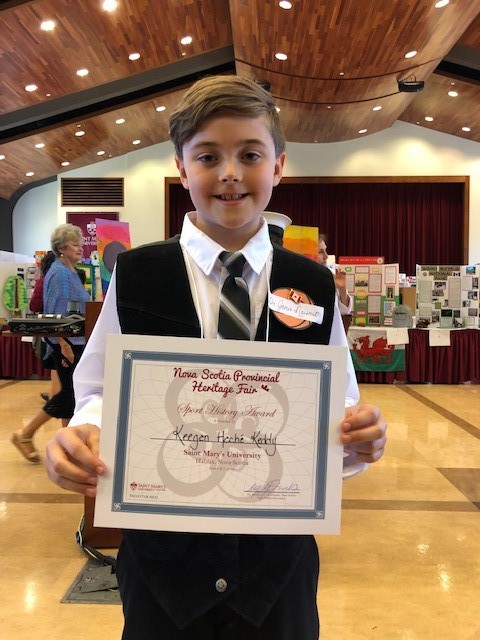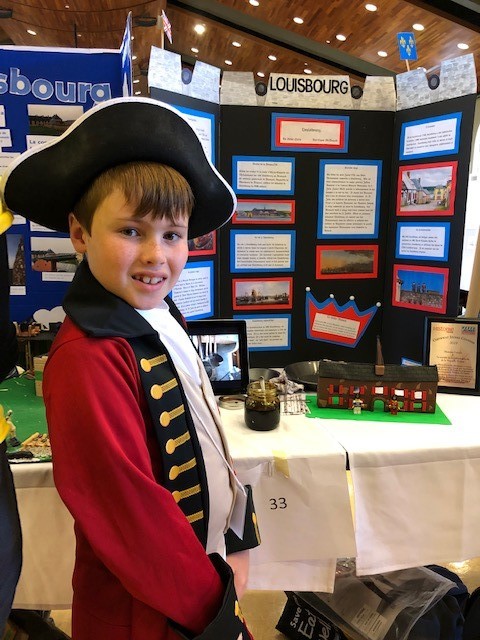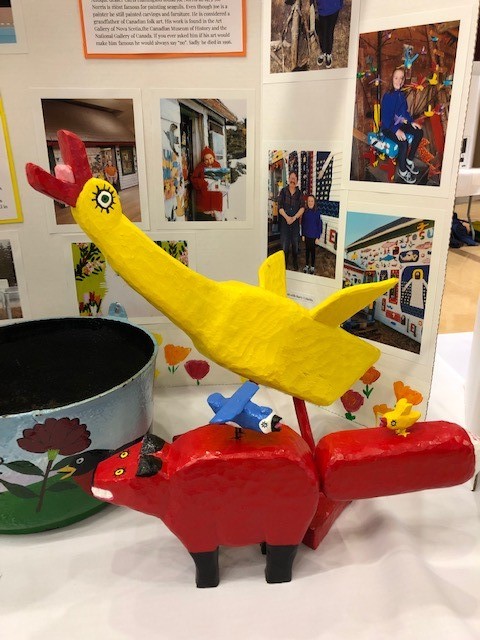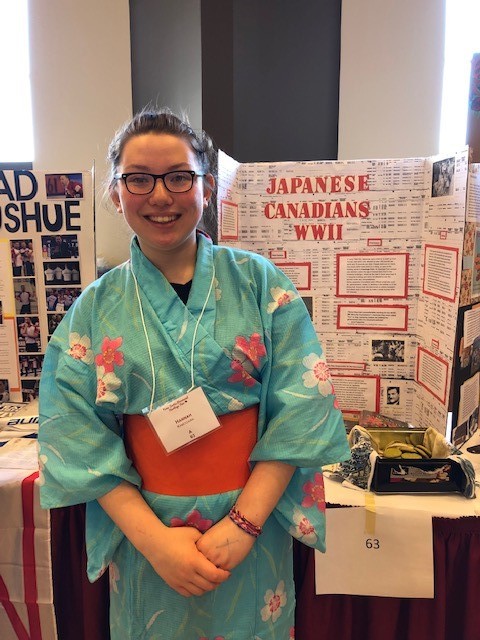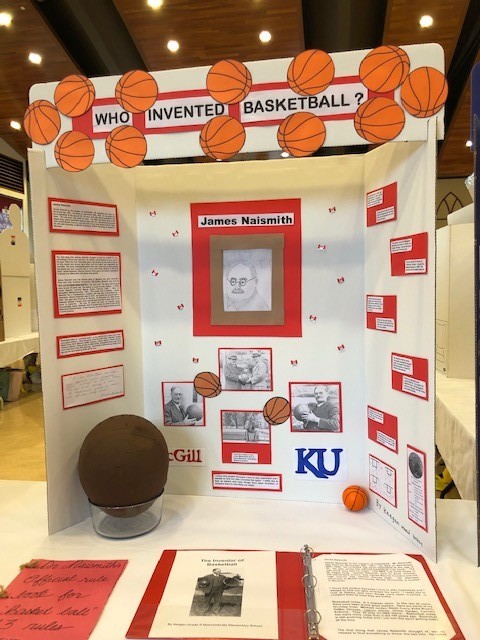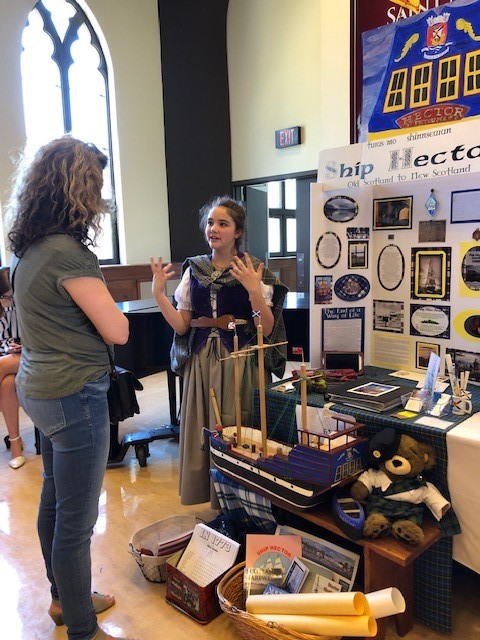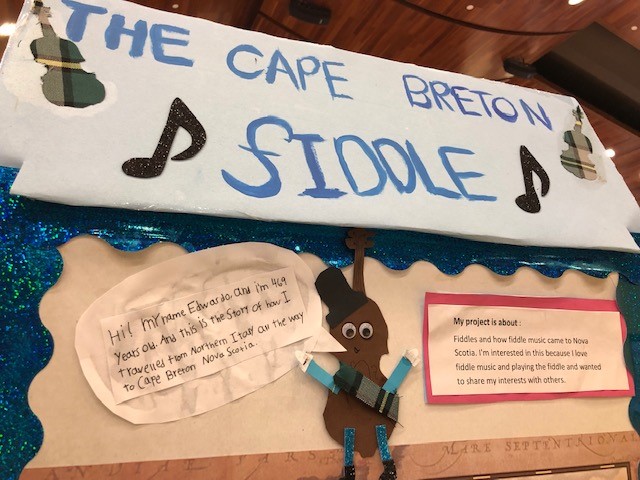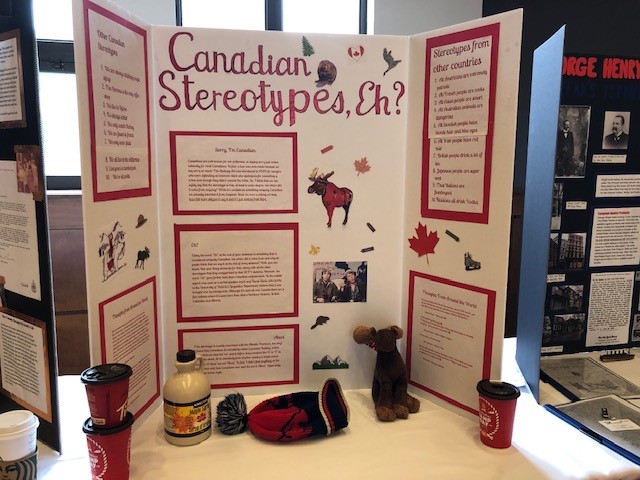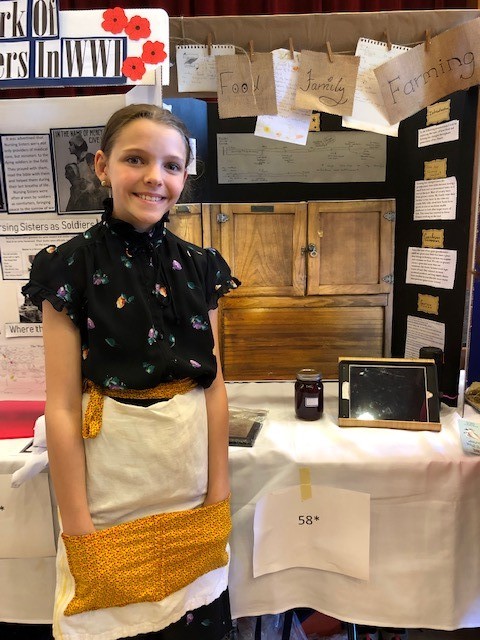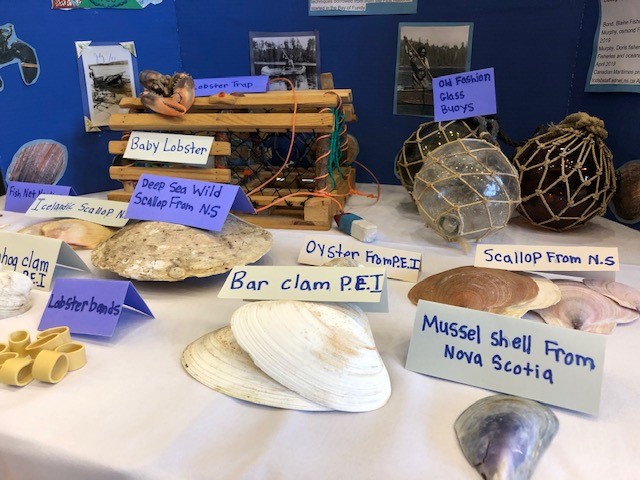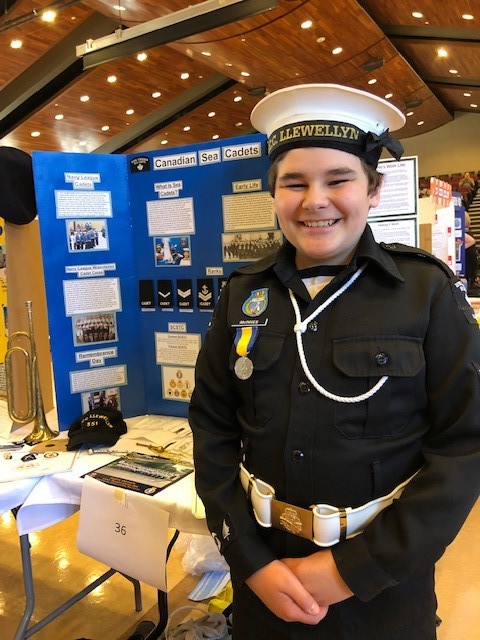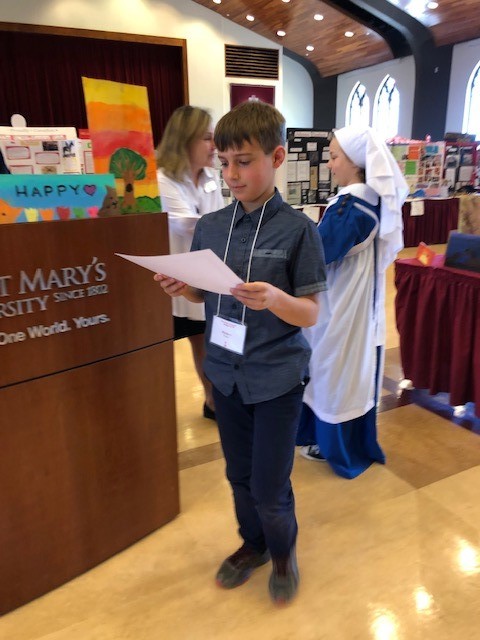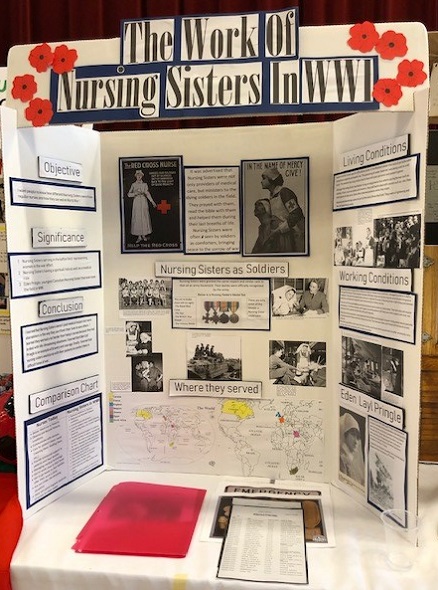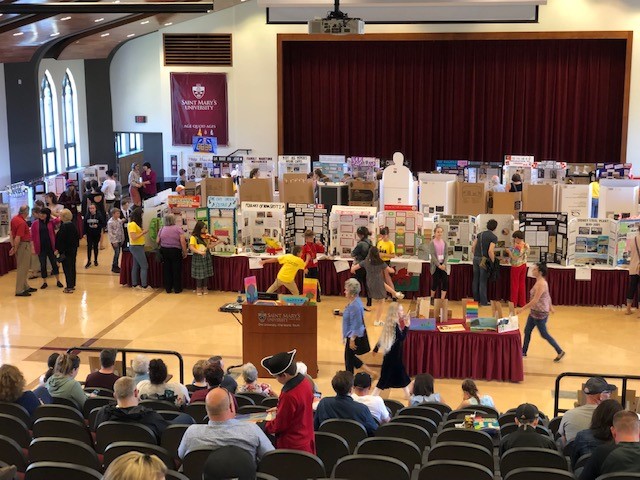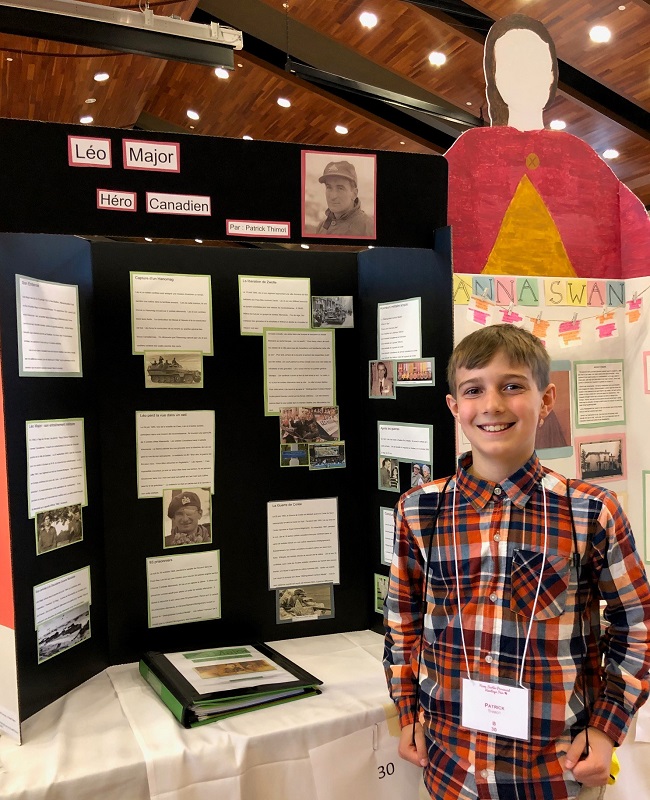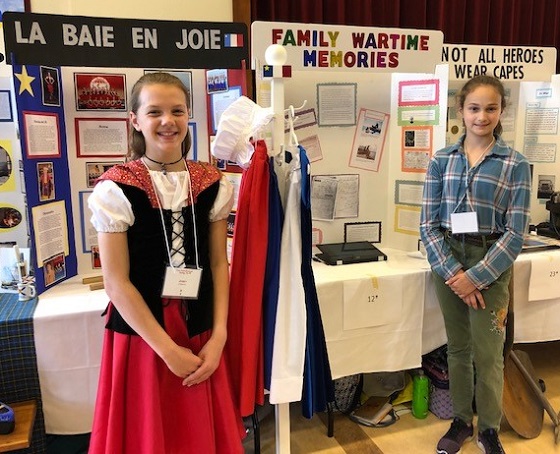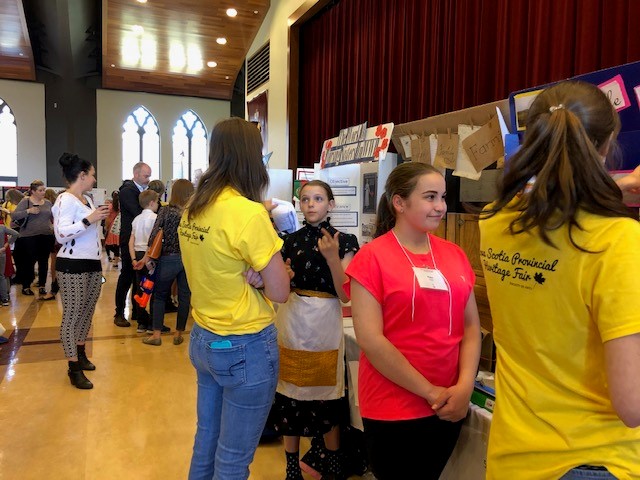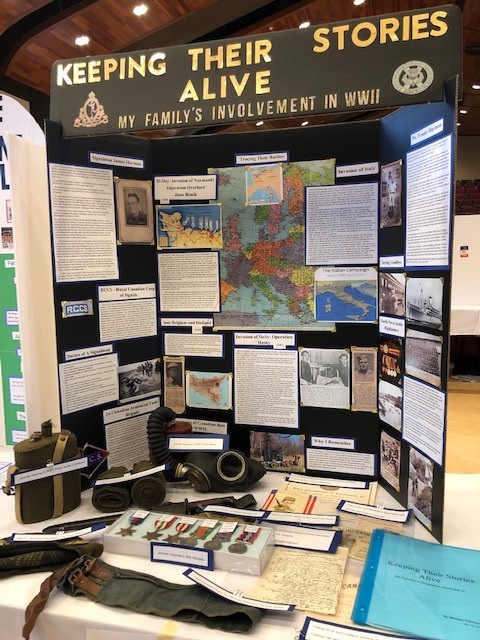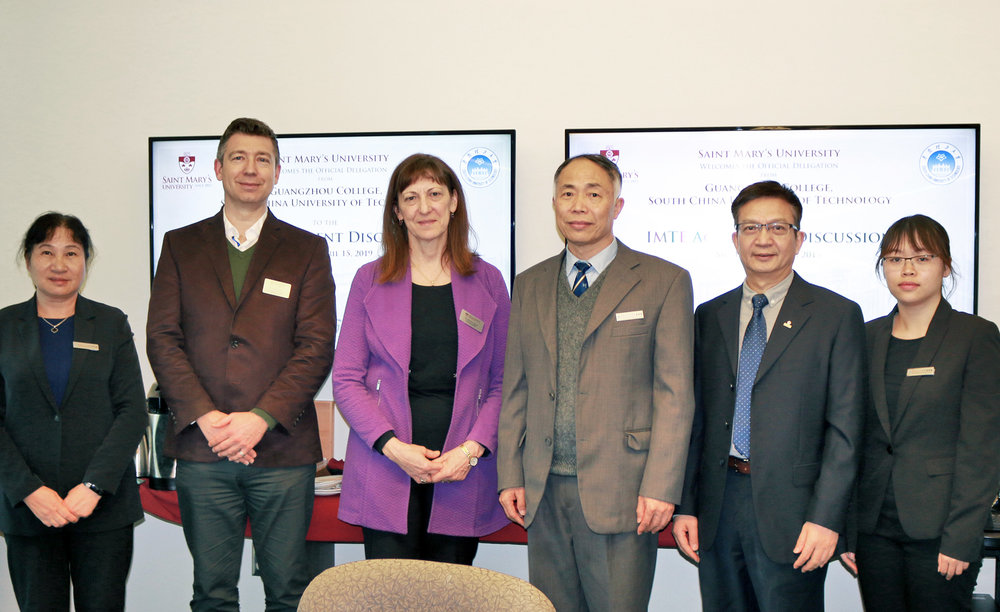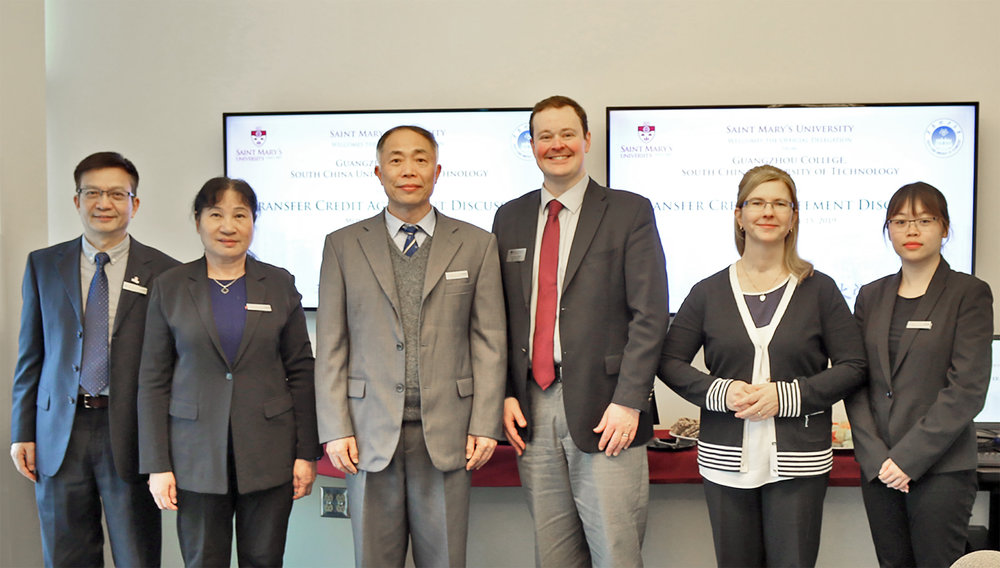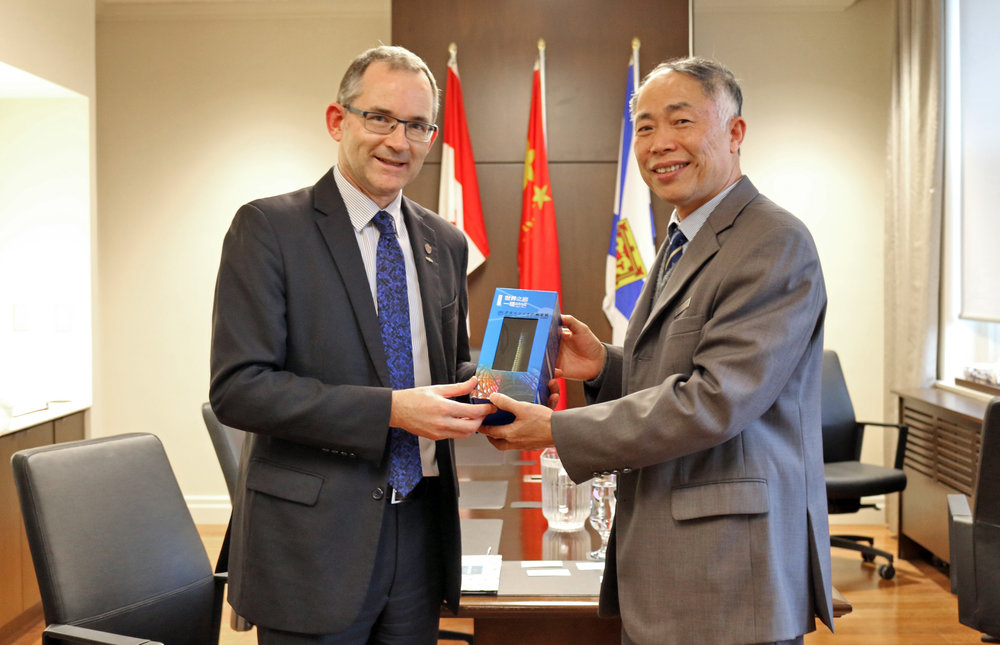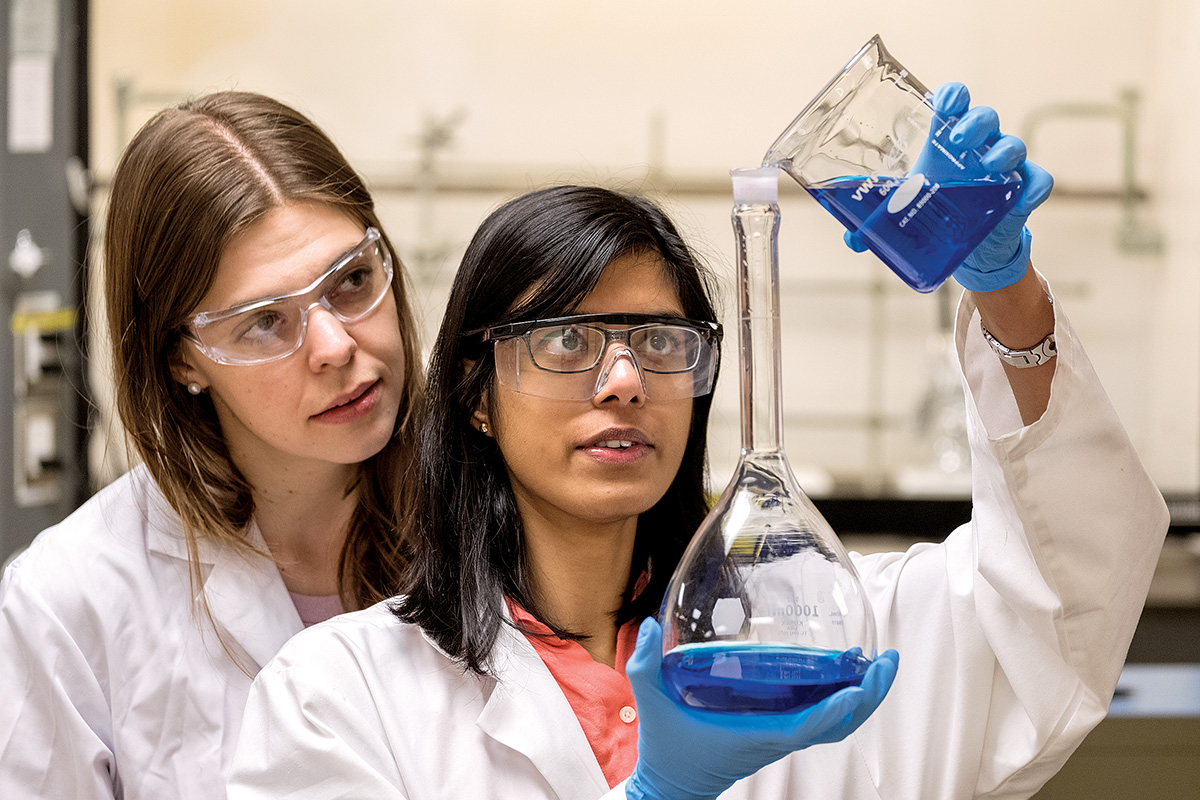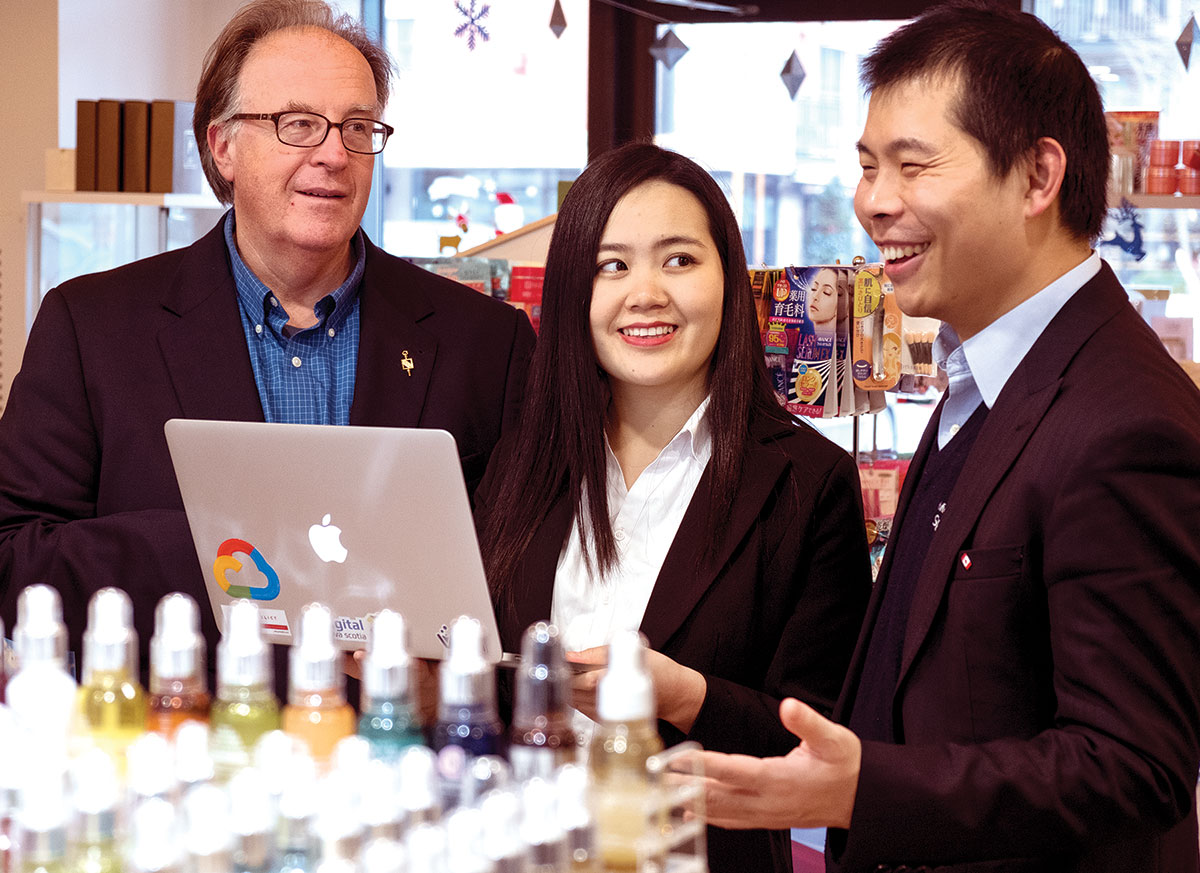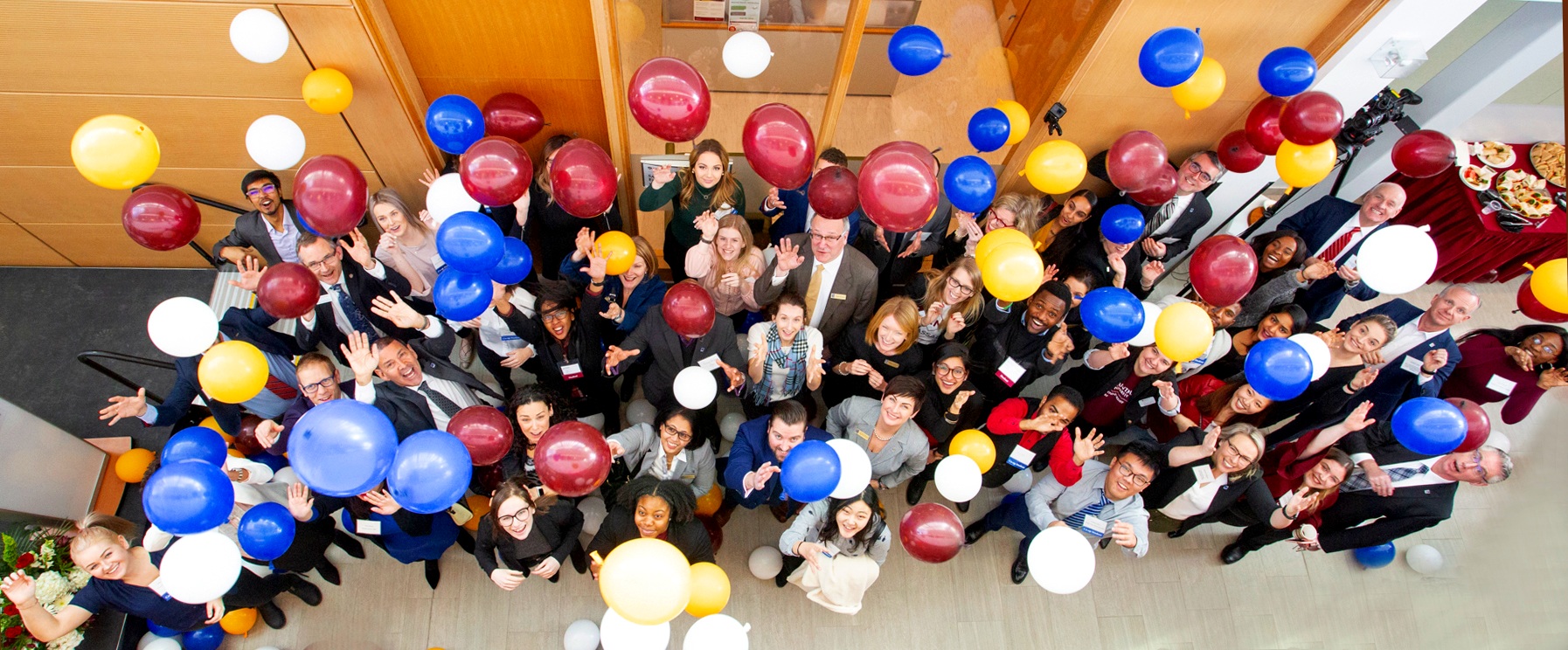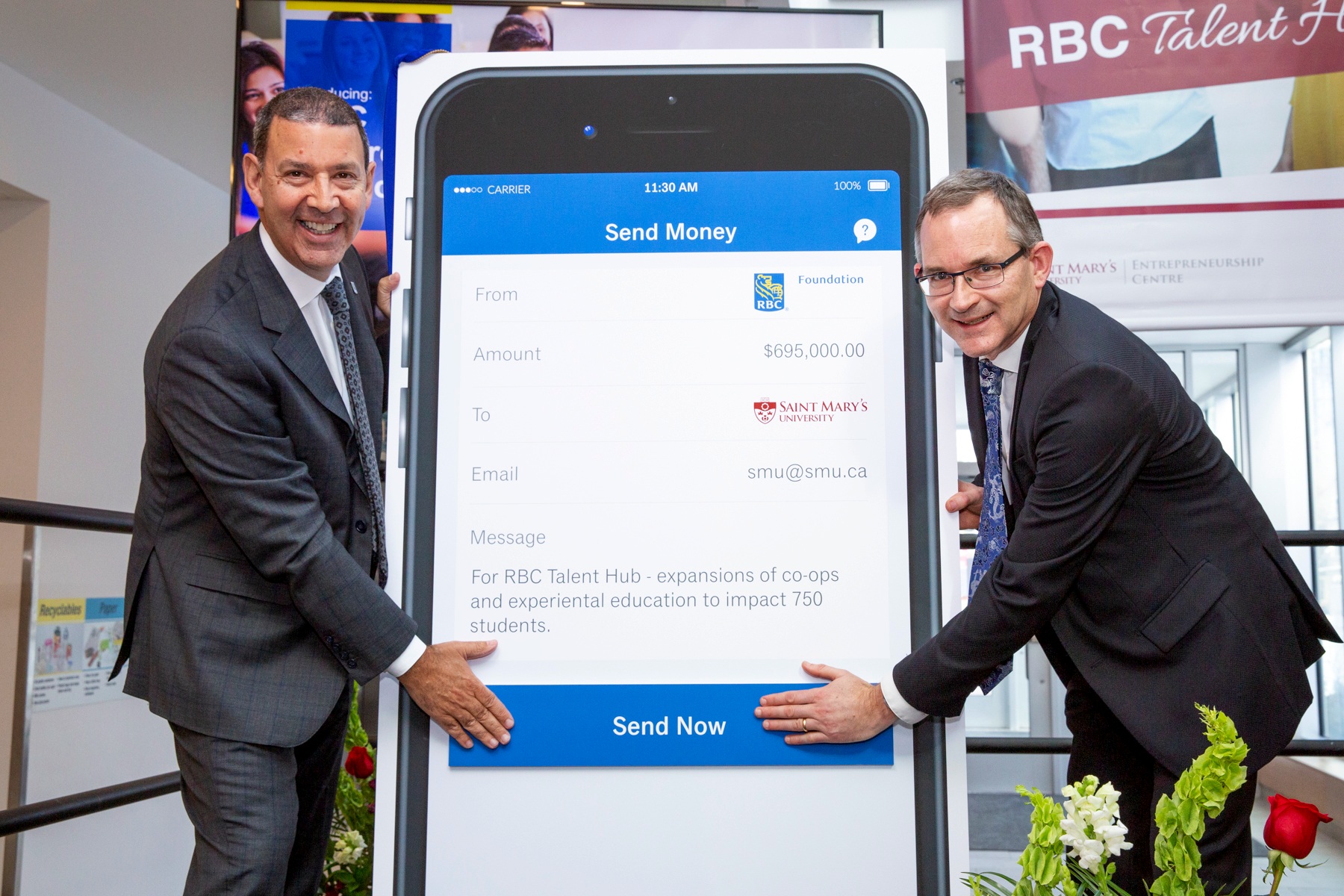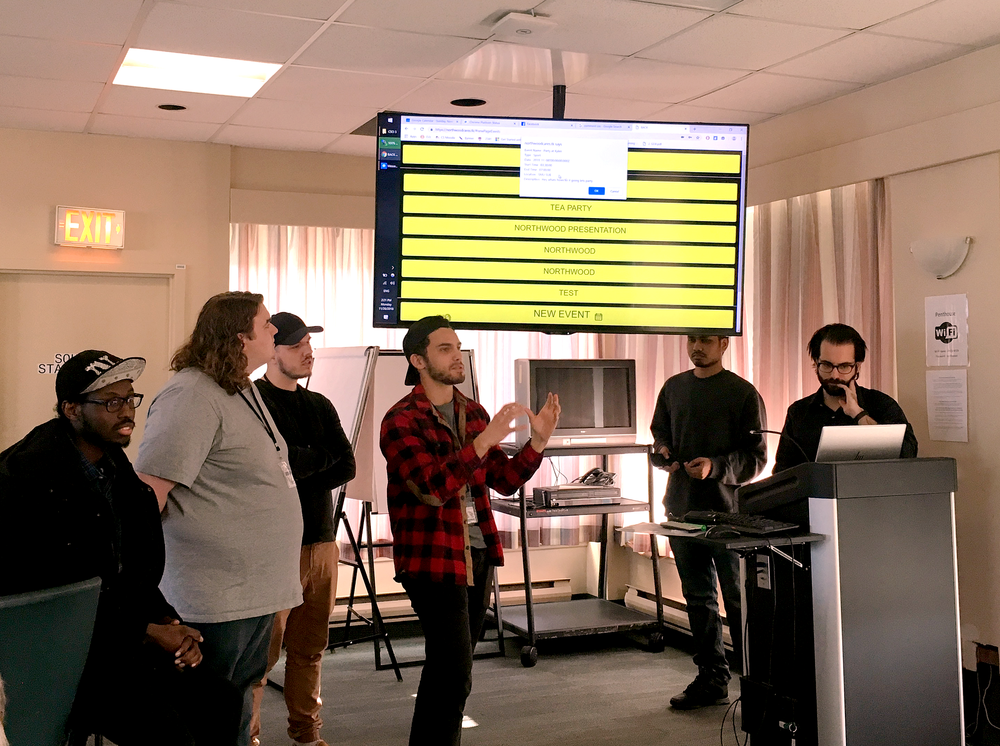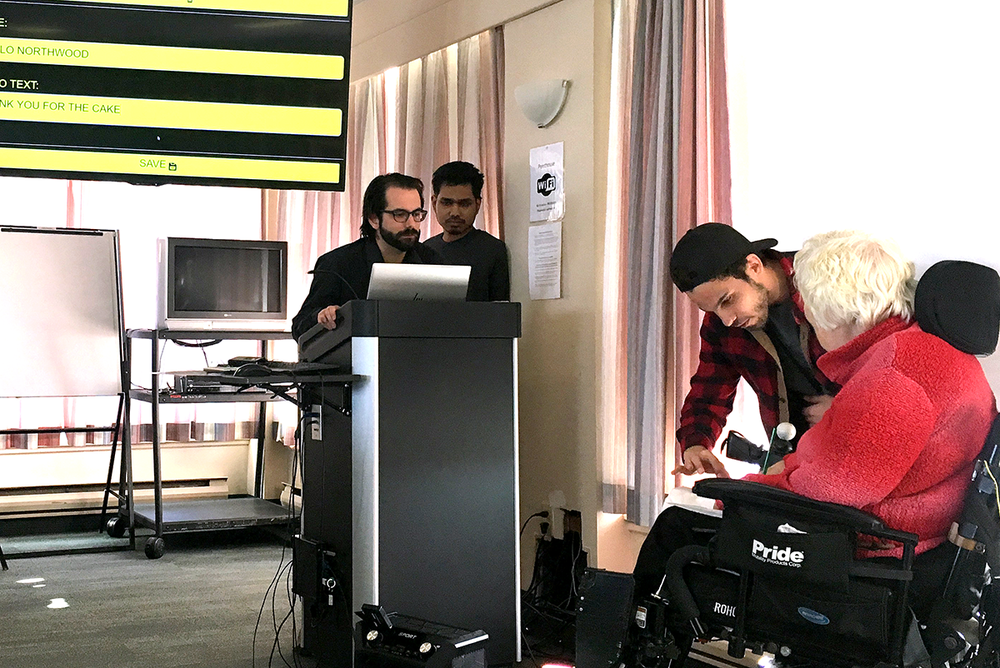Peaceful Schools International (PSI) is collaborating again with three young author/illustrators to create new series of children’s books that teach conflict resolution…this time with a Saint Mary’s twist.
Last fall, with support from the Faculty of Education and in conjunction with the university and SMUSA, PSI launched Animal School, The Enchantress from Canada and The Fairy Ring, created by Grade 8 students Amelia Penney-Crocker, Ruby Jangaard and Marin DeWolfe.
This unique project gained national and regional media attention and plenty of positive feedback…sparking the idea to continue the work.
“So far, our research indicates that these are the only books of their kind…written by children, for children, on peace education,” says Bridget Brownlow, SMU’s Conflict Resolution Advisor and President of Peaceful Schools International. “There is a clear absence of these types of books, so we wanted to continue this project again this year.”
The new stories will be set on Saint Mary’s campus – an idea Brownlow attributes to PSI board member, Dr. Rohini Bannerjee., Associate Professor of Modern Languages and Classics, who suggested a campus wide initiative involving peace education and conflict resolution.
“The new series focuses exclusively on characters and situations that are directly associated with and take place on the Saint Mary's campus - all centred around how to peacefully resolve conflicts through the eyes of children,” says Brownlow.
On Saturday, June 22, 20 children from local partner elementary schools came to campus for a special brainstorming session with the young authors and editors. The diverse group of students along with their parents/guardians were welcomed to campus by President Summerby-Murray and SMUSA President Mary Navas.
The stories will feature a new set of characters called the 'Saint Mary’s Snippets' who live on campus and assist our university community with different ways to peacefully resolve conflicts. The children toured the campus and then brainstormed scenarios and ideas, giving the young authors plenty of fodder to help create the books over the summer months.
The project is one that touches many parts of the Saint Mary’s community.
“Support from the Faculty of Education has been tremendous,” says Brownlow. “We are really indebted to the Faculty of Education, especially Dr. Anthony O’Malley, Dr. Esther Enns and Johnny Shaw for helping make these books a reality.”
Some of the children of faculty and staff attended the brainstorming session, and the books will be translated into a variety of languages-- including Irish, French, Mandarin, Arabic, German, Japanese -- by Saint Mary’s students, faculty and staff.
Related stories:



